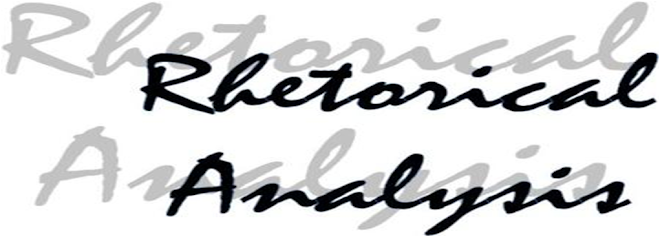What has more priority- a cat or a bird? In 1949, the governor of Illinois, Adlai E. Stevenson, wrote the “Cat Bill” veto, addressing “An Act to Provide Protection to Insectivorous Birds by Restraining Cats”. In this, Stevenson makes his stance on the matter, and in doing so he creates numerous logical fallacies. Those which predominantly appear are “slippery slope”, the “appeal to tradition”, “stacking the deck”, and “false dilemma”.
In his declaration, Stevenson overreacts, or makes the issue larger than it needs to be. He comments, saying that if you try to restrict cats from attacking birds, many negative repercussions will come from it. He says, “It would impose fines on owners or keepers who permitted their cats to run at large off their premises. It would permit any person to capture or call upon the police to pick up and imprison cats at large. It would permit the use of traps” (par.3). From this statement, he argues that by restraining cats, all these events are inevitable. The state will become chaotic because cats will be running around all the time and the police will have to use their time trying to capture cats when they have other important matters to be taking care of. This is an extreme statement, because most likely, cats will go on as they always have, without trouble. People will not always have to call the police or use traps to imprison cats. Stevenson makes the situation sound worse than it needs to be. Therefore, he uses the slippery slope fallacy to support his argument.
Being that this veto was in the year 1949, the people were not used to change. They were old-fashioned and followed the traditions of their parents. Therefore, Stevenson makes the fallacy of appealing to tradition. This is apparent when he states, “The problem of cat versus bird is as old as time. If we attempt to resolve it by legislation who knows but what we may be called upon to take sides as well in the age old problems of dog versus cat, bird versus bird, or even bird versus worm” (par.6). He undermines the issue at hand, because he sees no relevance. He thinks that just because cats have always killed birds, that the issue can be passed by. Therefore, he is unable to look past the norms of society, and appeals to tradition, creating another fallacy.
Stevenson deliberately ignores the concerns of those who want to save the birds. He ignores their arguments and brushes them by. He does not see the legitimacy of the issue, which is shown clearly when he states, “I cannot believe there is a widespread public demand for this law” (par.4). But to make himself look correct, he uses the fallacy of “stacking the deck”. This is when somebody ignores the evidence or argument that doesn’t support his decision. This is clear because he makes the situation look less important than it is when he states that he doesn’t see any “demand for [the] law”. He does not address the points they had discussed. He only points out that “this Bill could only create discord, recrimination and enmity” (par.5). Therefore, by “stacking the deck” and only showing his opinion on the matter, he creates a logical fallacy.
Finally, Stevenson uses the “false dilemma” approach. This means that he only sees, or only presents two situations. Either he does not pass the law and birds are in more trouble, or he passes the law and then the state becomes more hectic. He has this mentality and therefore says “not because I love birds the less or cats the more, I veto and withhold my approval from Senate Bill No. 93” (par.7). He feels the need to add this information, stating that he is not biased. But perhaps, if he had thought more or considered the matter more, he would have realized that this issue could be more than just passing or not passing the law.
Stevenson, although not meaning to, created many logical fallacies in his argument. These were very apparent as he presented only his opinion, overreacted, and was not open to new ideas. If he had addressed more of the concerns of the people and had been more open-minded, these fallacies would have eliminated themselves on their own. Therefore, in order to make an argument ethical and logical, one must point out all sides of an argument and try to avoid any fallacies. By doing this, one becomes more credible and the argument becomes more reliable.
"I Have A Dream"
16 years ago

I really like your analysis on logical fallacies - when I first read this article, I immediately thought it was satire, but in reading your blog post, I can see how important other tools of rhetoric are in Governor Stevenson's veto of the "Cat Bill." I especially like your points on stacking the deck and false dilemma. The examples you provided clarified those specific logical fallacies for me - thank you!
ReplyDeleteOut of curiousity, what is your opinion on the "Cat Bill?" Despite the logical fallacies, do you agree or disagree with his argument?
Have you looked at the text of the proposed law?
ReplyDeleteWhen Stevenson refers, for example, to the fines, traps, and ability to call the police, I think that he's referring to specific powers granted by this bill rather than assuming a change in the nature of cats, as you suggest.
Also look for the ways in which Stevenson does acknowledge the opposing view. He does make a point of saying the motives of the bill's supporters were good, for example. Is he really being as dismissive as you suggest?
Also spend some time on the legitimate logic here.